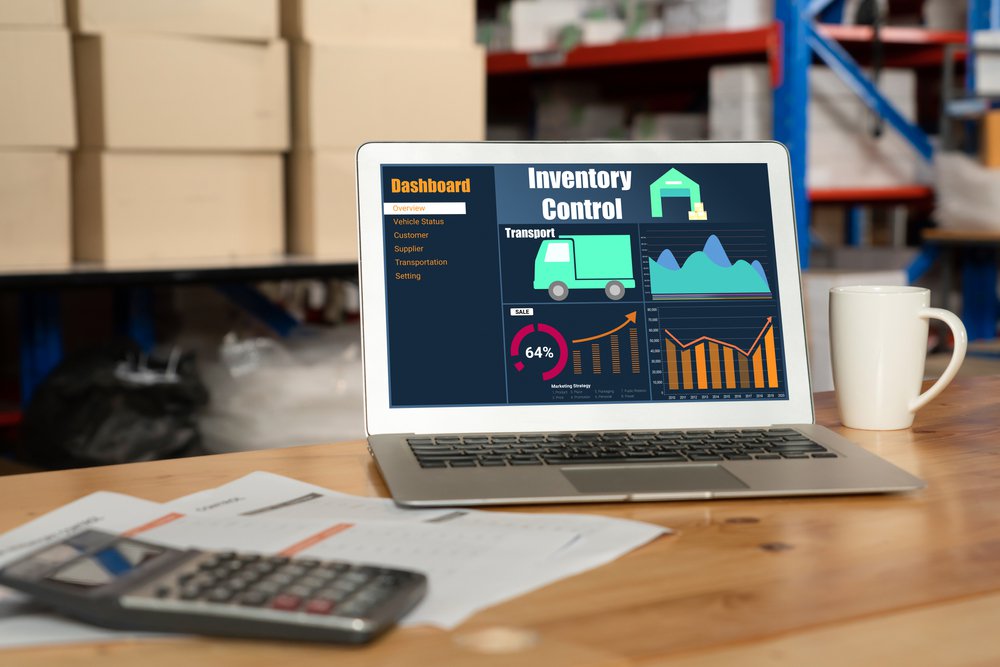It is easy to see why stock monitoring is foundational to running a successful eCommerce business. Knowing the status of your inventory determines your purchasing habits and provides insight into demand and growth for your business.
But while basic stock monitoring is crucial, it’s also necessary to exert greater control over your inventory through stock optimization. This method is aimed at improving the efficiency of your supply chain while also improving customer satisfaction.
Before diving into how you go about optimizing your stock monitoring, we should first examine the role of core products in inventory management.
Why Optimize Stock Monitoring of Your Core Products?
All businesses, including eCommerce businesses, have a set of core products that are extremely popular among their audience. These products are the ones that your brand is known for and keep customers coming back.
It’s essential that you ensure that these products always remain in stock and are delivered on time as they’re synonymous with your brand and reputation. The main objective of stock monitoring optimization, also called inventory optimization, is ensuring that your core products are in the right place at the right time. Importantly, efficiency and cost-effectiveness for your business are also high priorities.
In a nutshell, this method of inventory management is aimed at ensuring stock availability while reducing inventory costs and overheads.
The benefits of optimizing stock monitoring are most pronounced when it comes to the overall shopping experience of your customers. A poor experience can spell disaster as customer experience is a top priority for the modern consumer. In fact, 84% of consumers say that they go out of their way to spend more money if they get great experiences.

While positive customer experiences encourage customers to purchase more, negative experiences can lead to losing customers. About 68% of consumers in the US stated that they’d stopped doing business with brands that provide a poor customer service experience.
Inventory being out-of-stock or back-ordered is one of the most common sources of customer frustration. So, if your product is out of stock, there’s a good chance that it can impact your customer experience levels.
This is where optimizing your stock monitoring can help you as it ensures that your core products are always available for your customers.
Optimal Stock Monitoring Best Practices
Now that you know why stock monitoring optimization is a necessity for every brand, let’s take a look at some of the best practices you can implement. These practices can help you keep products in stock while also ensuring that they don’t occupy a lot of space in your warehouses.
A. Learn ABC Inventory Management Method
To optimize your inventory management, you need to first adopt the ABC inventory management philosophy. This management method involves classifying your products in decreasing order of priority based on their economic importance. The classification is as follows:
A – Most valuable products
B – Slightly valuable products
C – Least valuable products
This categorization is based on the Pareto principle where 20% of your products deliver 80% of your profits. These are the products that need to be prioritized as they directly affect your bottom line. So, you need to regularly monitor the product stocks in the A group, while those in B and C can be given lower priority.
This stock monitoring practice has numerous advantages, including:
- Better resource allocation and time management
- Improved pricing due to higher demand
- Optimized stock management
- Better demand forecasting for each product
- Prioritized customer service
B. Gather Real-Time Stock Updates
While ABC management helps you plan your product stocks well, you also need to understand that you’re working in a dynamic situation where demand can fluctuate. That’s why it’s critical that you get real-time updates on product stock levels.
The reason for this is simple: unavailable products can hamper the customer experience and might even lead to customers bouncing away from your store. It also leads to a delay in shipping.
In fact, 34% of businesses admitted that the unavailability of stock led to the late shipping of products for their customers. You can avoid these problems by monitoring your stock in real-time. This can help ensure that you always have enough buffer stock available to keep your supply chain moving.
A platform like Smart Merchandiser is a convenient and effective solution. It provides you with a detailed overview of your stocks in real-time. You can also filter the inventory by color and size.
C. Use Data to Optimize Stock Management
Data plays a critical role in optimizing your stock management. From making sure that you don’t end up with stockouts to preventing overselling, it can solve several headaches. Here’s what using data can help you accomplish:
- Ensure that your products are always in stock
- Maximize your sales and margins by promoting high-value products
- Reduce overselling
- Speed up fulfillment
- Reduce your overheads and costs

That’s why there’s a need for data-driven analytics tools for better stock management and Smart Merchandiser can do just that. It comes with an Analytics Overlay™ that helps you get a snapshot of the product’s revenue, conversion rate, abandonment rate, and views–all on each product’s thumbnail.
Additionally, the Social Analytics feature lets you track social media activity and reviews so that you can understand where you stand in terms of your social presence.
Conclusion
Optimal stock monitoring is essential for eCommerce brands as it helps ensure a steady supply of products. Doing it efficiently can improve your profit margins, reduce your costs, and increase your revenue.
For the best results, you should adopt the ABC inventory management method and categorize products based on their importance. It’s also crucial to gather real-time stock updates using tools like Smart Merchandiser.
Finally, you must opt for data-driven decision-making to ensure that you’re always on top of things. Smart Merchandiser’s Analytics Overlay™ and Social Analytics features deliver key insights allowing you to fine-tune your merchandising strategy.
So, what are you waiting for? Start changing the way you manage your inventory using Smart Merchandiser today.



